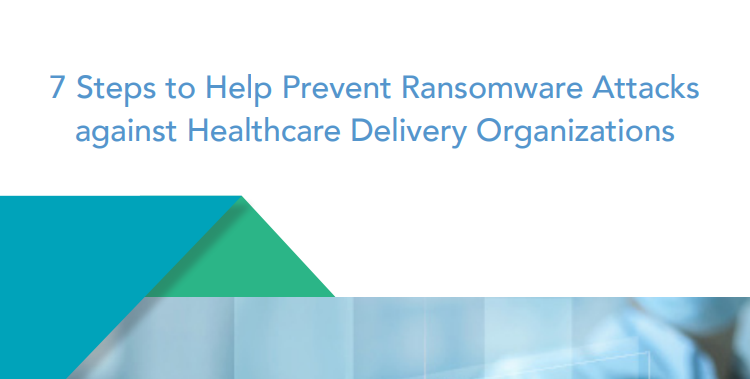7 Steps to Help Prevent Ransomware Attacks against Healthcare Delivery Organizations
Healthcare Delivery Organizations (HDOs) are highly-valued ransomware targets. They have valuable health information and need to continuously ensure that technology and information are available to provide essential patient care. Ransomware attackers are sophisticated and opportunistic, understanding that HDOs are lucrative targets because of organizational resource constraints in the patient care setting and across the operational plane. With the ongoing transition into digital health, HDOs increasingly rely on third-party providers to help deliver care and capabilities.
Safeguarding patient data confidentiality, integrity, and availability is critical for ensuring patient safety and quality-based outcomes. Expanding and incorporating remote work exacerbate vulnerability, so organizations must stem these frequent, complex, and virulent attacks. Recent ransomware attacks on HDOs significantly reduced or cut off access to patient records, impacting continuity of care delivery and creating potential patient safety issues.
This form of cyberattack exposes protected health information, resulting in substantial financial costs to regain control of operations and patient data integrity. In the recent landmark study, The Impact of Ransomware on Healthcare During COVID-19 and Beyond, IT and biomed staff at HDOs are now less confident in their ability to sufficiently protect their organizations and their patients.
There is no silver bullet to stop the existential threat ransomware poses to healthcare records, IT systems, and medical devices. However, there are proven methods and systems for HDOs to mitigate cybersecurity risk and reduce the likelihood of ransomware attacks. The following are seven critical areas of focus to help protect against ransomware.


